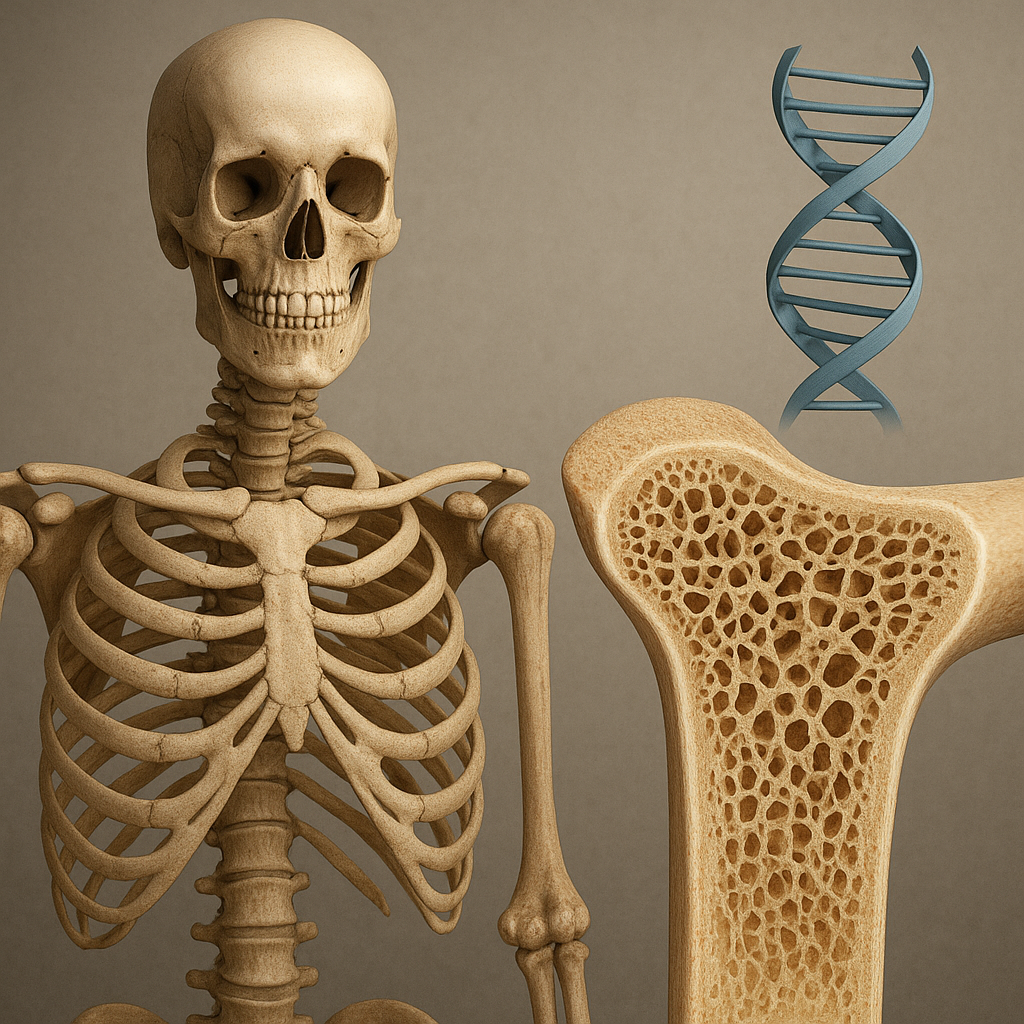Vitamin D deficiency is a significant health concern that can have profound effects on bone health. This essential nutrient plays a crucial role in calcium absorption and bone metabolism, making its deficiency a potential risk factor for various bone-related disorders. Understanding the implications of vitamin D deficiency on bones is vital for promoting overall skeletal health and preventing conditions such as osteoporosis and rickets.
Understanding Vitamin D and Its Role in Bone Health
Vitamin D is a fat-soluble vitamin that is naturally present in some foods and available as a dietary supplement. It is also produced endogenously when ultraviolet rays from sunlight strike the skin and trigger vitamin D synthesis. The two main forms of vitamin D are D2 (ergocalciferol) and D3 (cholecalciferol), with D3 being the more potent form. The primary function of vitamin D in the body is to maintain adequate levels of calcium and phosphate, which are critical for healthy bone formation and maintenance.
Calcium is a vital mineral that provides structural strength to bones, while phosphate is essential for the formation of hydroxyapatite, the mineral complex that gives bones their rigidity. Vitamin D enhances the intestinal absorption of calcium and phosphate, ensuring that these minerals are available for bone mineralization. Without sufficient vitamin D, the body cannot absorb enough calcium, leading to a cascade of negative effects on bone health.
The Consequences of Vitamin D Deficiency
Vitamin D deficiency can lead to several bone-related disorders, primarily due to impaired calcium absorption. The most notable conditions associated with vitamin D deficiency include:
- Osteoporosis: This condition is characterized by decreased bone density and increased fragility, making bones more susceptible to fractures. Vitamin D deficiency contributes to osteoporosis by reducing calcium absorption, leading to a net loss of bone mass over time.
- Rickets: In children, severe vitamin D deficiency can result in rickets, a condition marked by soft and weak bones. Rickets can lead to skeletal deformities, delayed growth, and pain in the bones and joints.
- Osteomalacia: In adults, vitamin D deficiency can cause osteomalacia, which is the softening of bones due to inadequate mineralization. Symptoms may include bone pain, muscle weakness, and an increased risk of fractures.
In addition to these conditions, vitamin D deficiency has been linked to an increased risk of falls in older adults, further exacerbating the risk of fractures. The relationship between vitamin D levels and bone health underscores the importance of maintaining adequate vitamin D status throughout life.
Sources of Vitamin D and Recommendations for Adequate Intake
To prevent vitamin D deficiency and its associated effects on bone health, it is essential to ensure adequate intake of this vital nutrient. There are several sources of vitamin D, including:
- Sunlight: The most natural source of vitamin D is sunlight. Spending time outdoors, especially during midday when the sun is at its peak, can help the body synthesize vitamin D. However, factors such as geographic location, skin pigmentation, and sunscreen use can affect the amount of vitamin D produced.
- Dietary Sources: Certain foods are rich in vitamin D, including fatty fish (such as salmon, mackerel, and sardines), fish liver oils, fortified dairy products, and egg yolks. Incorporating these foods into the diet can help maintain adequate vitamin D levels.
- Supplements: For individuals at risk of deficiency, vitamin D supplements may be necessary. These supplements are available in both D2 and D3 forms, with D3 being more effective at raising blood levels of vitamin D.
The recommended dietary allowance (RDA) for vitamin D varies by age, sex, and life stage. For most adults, the RDA is 600 to 800 IU (International Units) per day, while older adults may require higher amounts to maintain bone health. It is essential to consult with a healthcare provider to determine individual needs and appropriate supplementation if necessary.
Monitoring and Addressing Vitamin D Deficiency
Regular monitoring of vitamin D levels can help identify deficiencies early, allowing for timely intervention. Blood tests measuring 25-hydroxyvitamin D levels are commonly used to assess vitamin D status. If a deficiency is detected, healthcare providers may recommend lifestyle changes, dietary modifications, or supplementation to restore adequate levels.
Addressing vitamin D deficiency is crucial not only for bone health but also for overall well-being. Research has shown that adequate vitamin D levels are associated with a lower risk of various chronic diseases, including cardiovascular disease, diabetes, and certain cancers. Therefore, maintaining optimal vitamin D status should be a priority for individuals of all ages.
Conclusion
Vitamin D deficiency poses a significant risk to bone health, leading to conditions such as osteoporosis, rickets, and osteomalacia. Understanding the role of vitamin D in calcium absorption and bone metabolism is essential for preventing these disorders. By ensuring adequate intake through sunlight exposure, dietary sources, and supplementation, individuals can protect their bone health and overall well-being. Regular monitoring and proactive measures are key to addressing vitamin D deficiency and its effects on the skeletal system.













